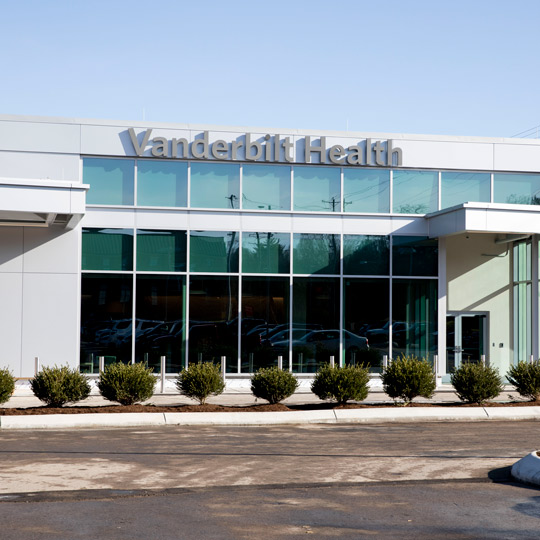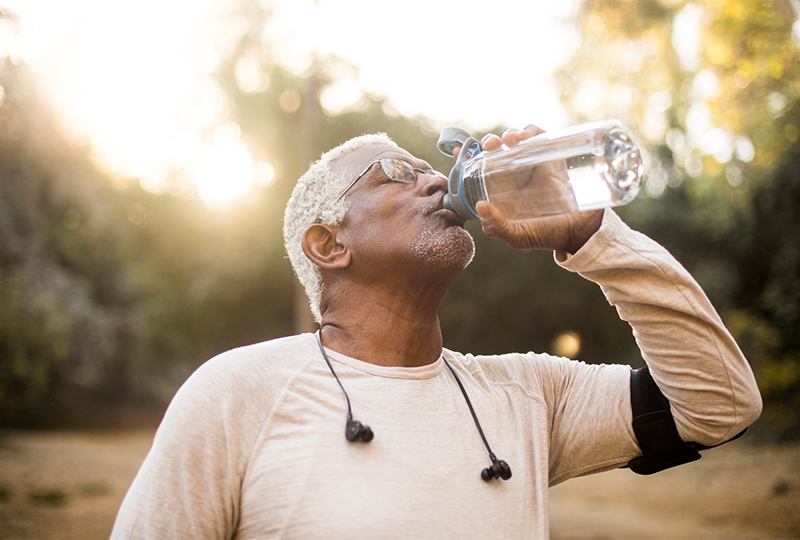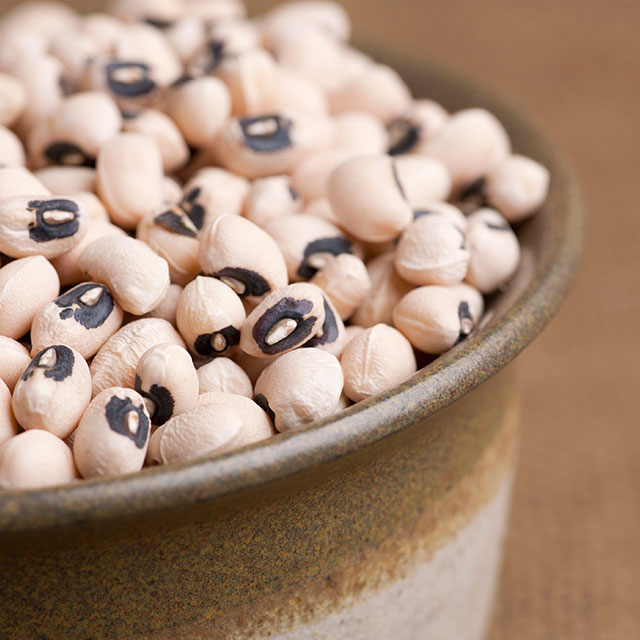Southerners are especially at risk for kidney stones. Here’s what can help prevent them from growing.
For a long time, it was easy to consider kidney stones a problem that middle-aged men deal with. And while that’s true — middle-aged white men in the South remain at the highest risk of getting kidney stones — research shows that teens, women and Black patients are catching up.
Dr. Nicole Miller, a surgeon specializing in stone disease and endourology at Vanderbilt Urology, said, “The South as our nation’s kidney stone belt is real. Population studies show that Southerners are up to 50 percent more likely to develop stones.”
A study published in the January 2016 edition of Clinical Journal of the American Society of Nephrology analyzed kidney stone data on 4.6 million people in South Carolina. The data, from 1997 to 2012, included all emergency room visits, surgeries and medical admissions in South Carolina.
Teens 15 to 19 years old had a 26 percent increase in reported kidney stones over those five years. Women had an increase of 15 percent during the same time, while men stayed at about the same rate. The frequency of kidney stones among Black patients increased 15 percent compared with white patients.
“While the study is from a single state, data shows similar trends across the South and moving north,” Miller said.
A kidney stone is a hard, pebble-like deposit that forms in one or both kidneys. It may travel down through the urinary tract, and can be very painful.
Experts haven’t pinpointed an exact cause for the increase in the number of kidney stones Southern patients report. Poor diet, higher temperatures, not drinking enough fluids, hours of sunlight exposure and obesity are likely factors in the frequency of kidney stones. A family history of kidney stones is also associated with an increased risk.
Tips to help prevent kidney stones
Here is the good news: The diet and lifestyle adjustments experts like Miller recommend to their at-risk patients are some of the same basic tips we follow for improving overall health. Here are her top tips to prevent kidney stones:
Drink more water.
Not drinking enough fluids is the leading risk factor for kidney stones. “I use the analogy of a mound of sugar not dissolving in a cup of water,” Miller said. “Add more water and the sugar dissolves and stays in suspension. The same principle applies to chemicals in your urine.”
While taking in enough fluid throughout the day is important for preventing kidney stones, the type of fluid matters. Sugary drinks like soda, cranberry juice and sweet teas increase the risk of kidney stones. Other drinks such as sports drinks can have high amounts of sodium. “Water is best,” Miller said. “Alternatively, there are sugarless flavorings that can be added to water, such as Crystal Light.”
Drinking more citrus beverages, such as lemon juice or lemonade, has added benefits, Miller added. The citrate in lemons, oranges, fruits and vegetables in general makes it harder for calcium stones to form. They are the most common type of kidney stone.
Reduce sodium.
Most people think of nuts, popcorn, pretzels or chips as foods to avoid, because they taste “salty.” But sodium is in many foods and is often used as a preservative. Other foods that are particularly high in sodium include processed and canned foods, frozen meals, some seasonings, cheese, sauces and condiments. Start reading food labels to find the hidden salt. “Try to eat less than 2,000 milligrams of sodium per day to reduce your risk of stones and as part of a healthy diet,” Miller said.
Reduce animal protein.
Eating a lot of meat — including fish, chicken, red meat, pork and organ meat — also puts you at higher risk for kidney stones. Miller recommends 10 ounces or less per day.
Maintain a healthy weight.
Avoiding the pain of a kidney stone is yet one more reason to stay at a healthy weight. Obesity and weight gain are associated with an increased risk of stones. A study published in the Journal of the American Medical Association found that women may be especially vulnerable to increased risks from weight gain.

Specialized care for kidney stones
The Vanderbilt Stone Center is located at Vanderbilt Health Belle Meade, a multi-specialty facility designed to provide a wide range of services across several medical specialties. Vanderbilt Health Belle Meade provides convenient, state-of-the-art care closer to where patients live and work. The 50,000 square foot building has 7 operating rooms, clinic exam rooms, infusion stations and imaging capabilities.




